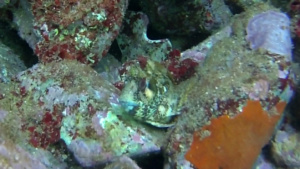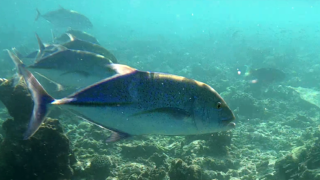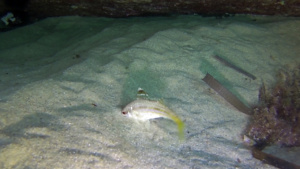In this video you can see the Squid eggs that have been deposited on a red Gorgonian (Paramuricea clavata) in order to allow the gelatinous agglomerate to make the most of the sea current for better growth during the para-larval phase planktonic. The european Squid or common Squid (Loligo vulgaris) is a large squid belonging to the family Loliginidae. It occurs abundantly in coastal waters from the North Sea to at least the west coast of Africa. This species lives from sea level to depths of 500 m. Its mantle is up to 40 cm long. The species is extensively exploited by commercial fisheries. uova di calamaro europeo
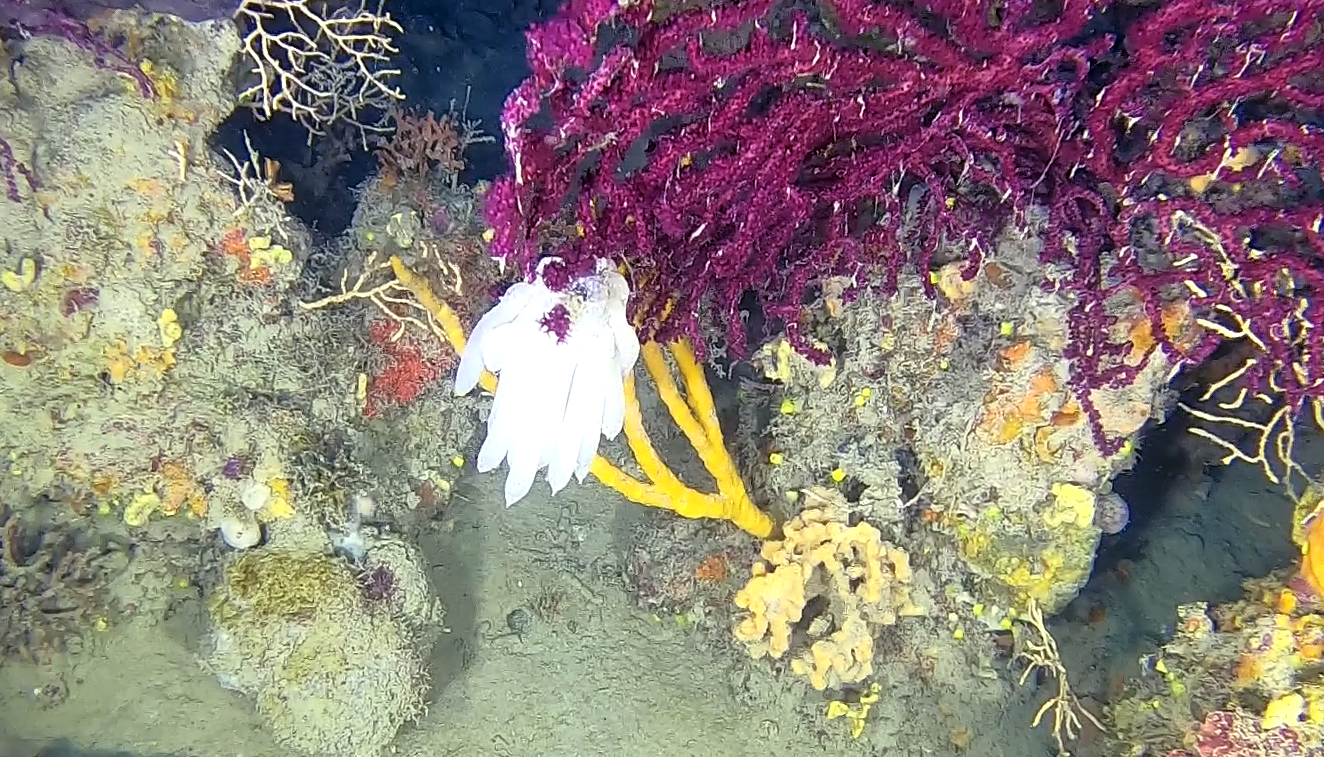
Uova di Calamaro europeo – Eggs of european Squid – Loligo vulgaris – www.intotheblue.it
The european Squid has a long, moderately slender and cylindrical body. Rhomboid fins comprise two-thirds of the mantle length, though locomotion is via jet propulsion. The posterior border is slightly concave. The head is relatively small and has large eyes which are covered with a transparent membrane. Like almost all squid, this species ha sten limbs surrounding the mouth and beak: eight are relatively short arms, and two, which form the tentacles, are long, as they are used to catch prey. The fourth left arm of males is a hectocotylus. The European squid can grow up to 30–40 cm in the mantle length, but more usually they are 15–25 cm long. The males are generally bigger than the females and exhibit more rapid rates of growth. The colour of the european Squid is greyish-transparent or reddish, depending on the expansion of chromatophores in the dermis. Males have small chromatophores on their mantle.
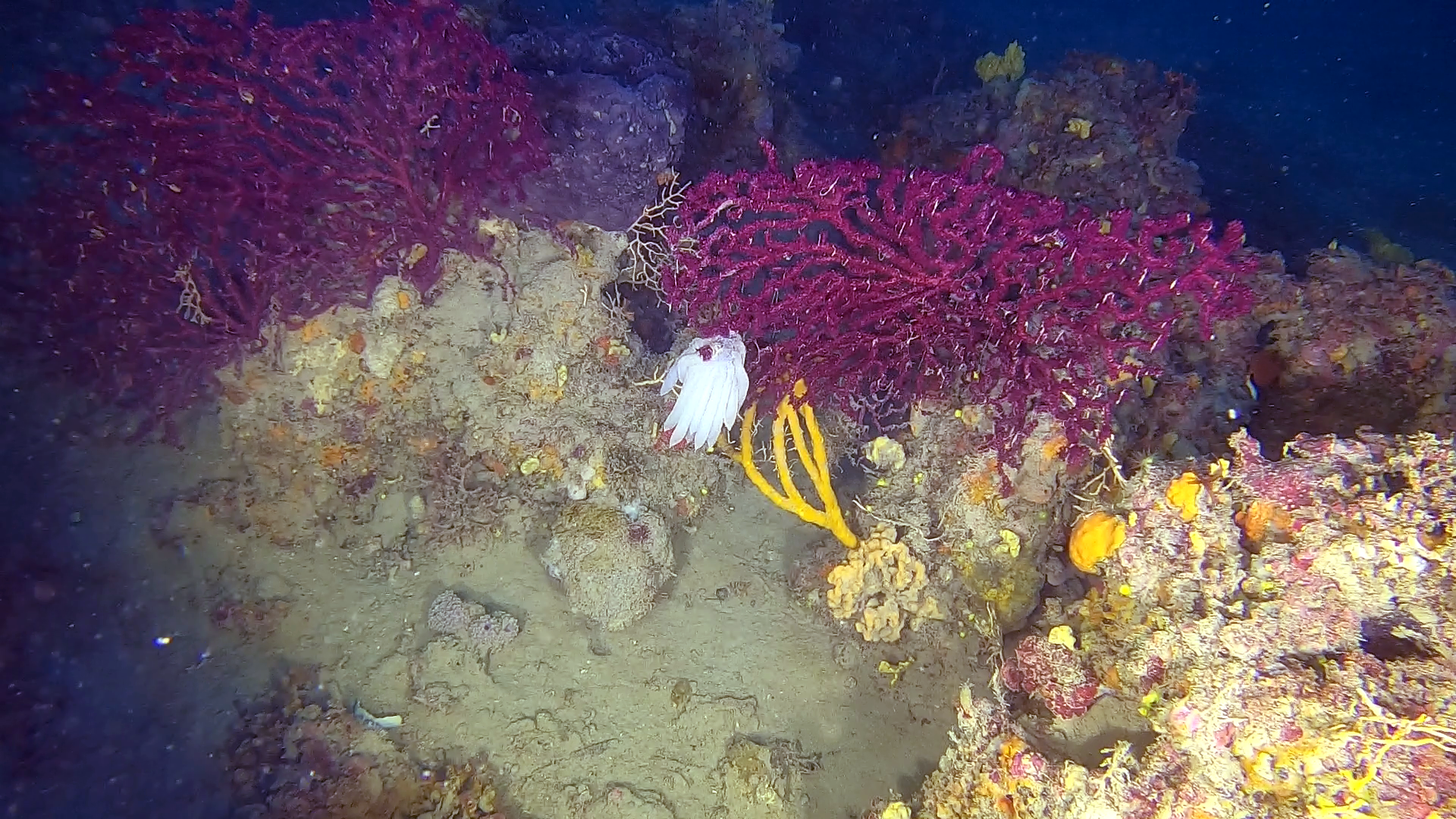
Uova di Calamaro europeo – Eggs of european Squid – Loligo vulgaris – www.intotheblue.it
The european Squid is a neritic, semidemersal species, which undertakes distinct horizontal and vertical migrations, depending on the environment. In the Adiatic Sea, european Squid can be found above various substrates, from sandy through to the muddy bottoms. The population in the northeastern Atlantic spends the winter in deeper waters off Portugal, then moves towards the coast of France in spring, before migrating farther north into the North Sea during May and June where they spawn in depths ranging from 20 to 80 m. A southward migration takes place in autumn. The population found off Morocco and Western Sahara similarly spends the winter in deeper offshore waters and moves inshore to spawn in spring and autumn. The main juvenile recruitment is in February and March and between July and September. In the western Mediterranean, european Squid move into deeper water in late autumn; the largest individuals commence their inshore migration as early as in January and February, while the smaller individuals wait until summer.
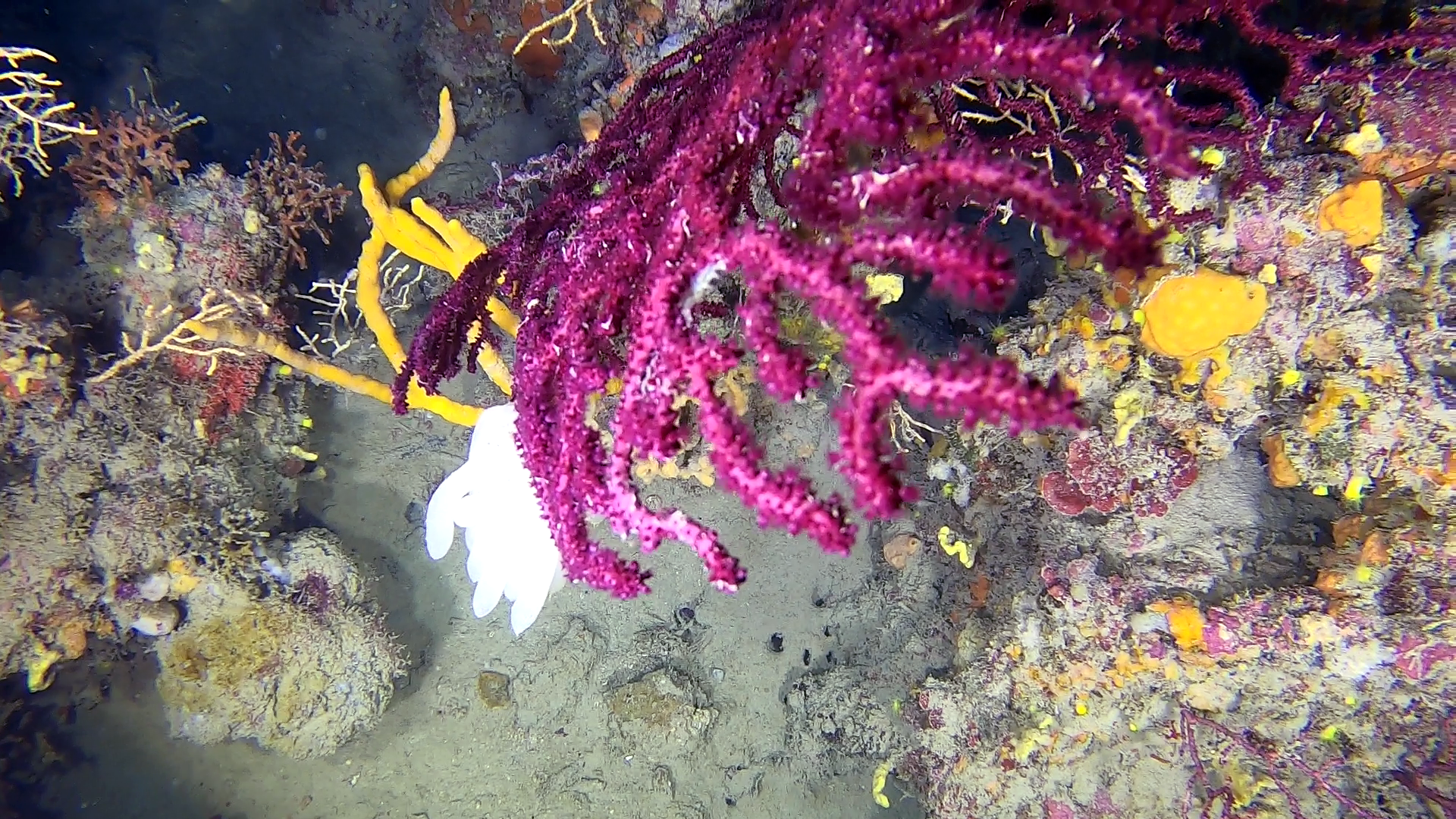
Uova di Calamaro europeo – Eggs of european Squid – Loligo vulgaris – www.intotheblue.it
The spawning season extends for most of the year, but climaxes in early summer and early autumn. Females lay up to 20,000 small eggs, which are deposited in gelatinous tubes containing tens of eggs each. These tubes are attached to debris and other solid objects on sandy to muddy bottoms. The incubation period is dependent on temperature and is between 25 days (at 22 °C) and 45 days (at 12 to 14 °C). The size of the male determines the number (up to 800) and size of spermatophores. Males that are reproducing for the second time usually carry more than those reproducing for the first time.
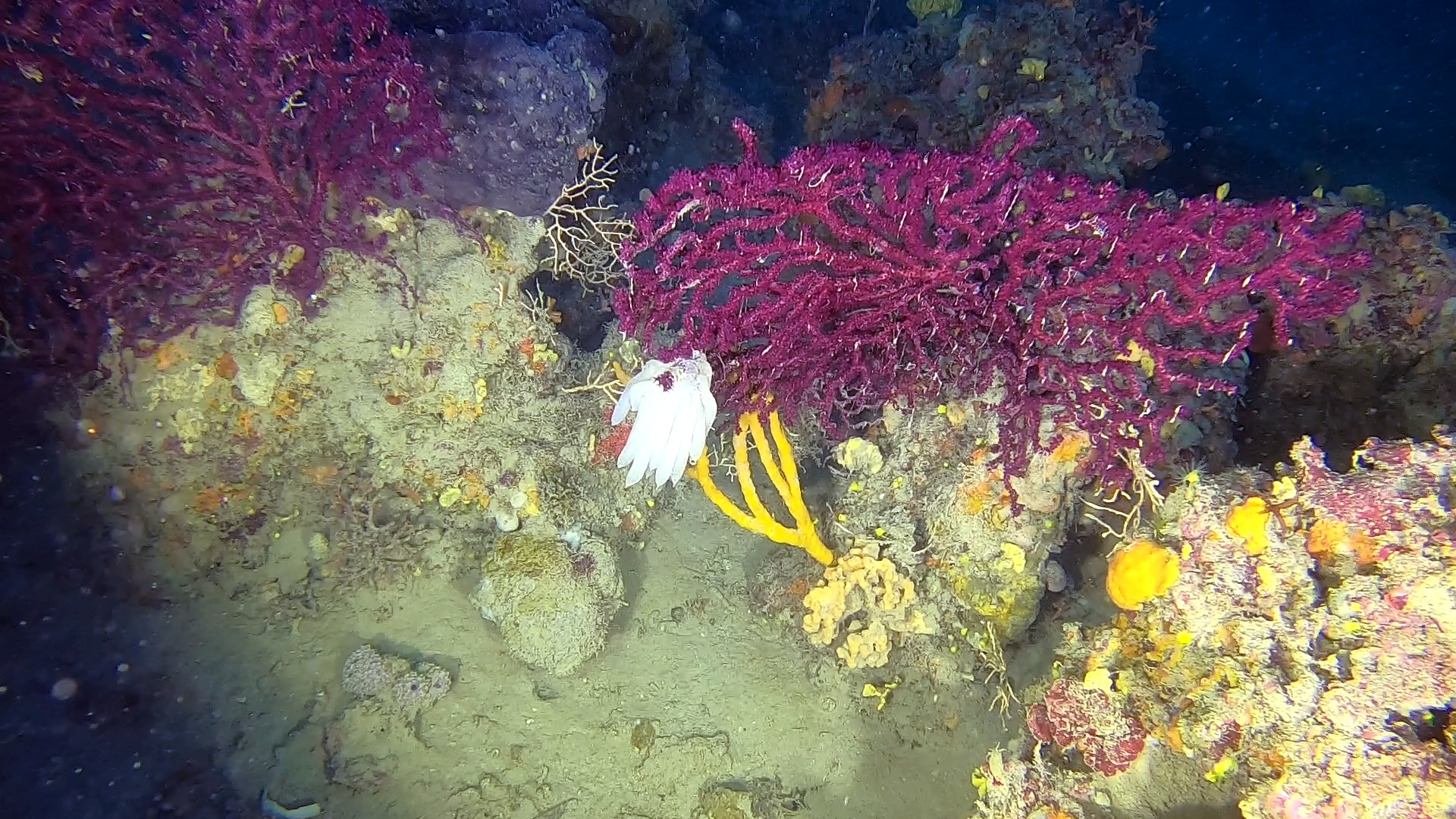
Uova di Calamaro europeo – Eggs of european Squid – Loligo vulgaris – www.intotheblue.it
Growth in both sexes is temperature-dependent and is therefore faster in summer than in winter; the males grow faster than females. In the Atlantic, young squid hatched in June reach a mantle length of around 12 cm by December and grow to 13 or 14 cm by the following April. By August, males attain a mantle length of 17.5 cm and, if they reach the following April, 21 cm, compared to 17 cm in females. Life expectancy is 2 years in females and about 3 years in males. european Squid are predators on fishes and crustaceans. Cannibalism is common. The european Squid is a commercially valuable species. It is caught in multispecies trawl fishing throughout the year and, seasonally, in small scale and recreational fishing with a variety of gear.
(extract from Wikipedia)
 English
English Italiano
Italiano
